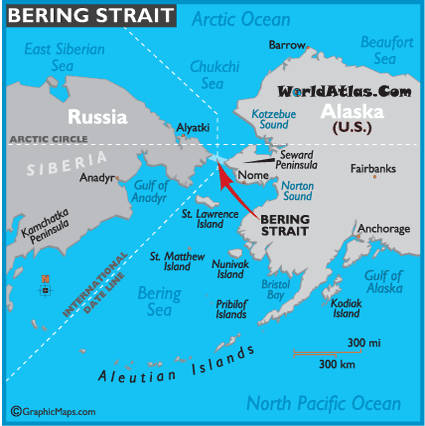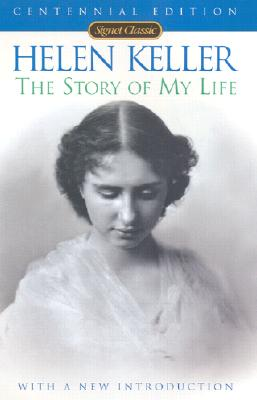I'm a little late with this post. Sorry about it. We've finished learning adjectives a week ago. I hope you understood everything we were talking about, but I would like you to review some grammar to feel more comfortable about adjectives and adverbs.
Irena
Well, let's start. First I would like you to refresh the grammar. Do you remember the definition of the Adjective? OK, here it is:
Adjectives are words that describe or modify another person or thing in the sentence. You can also say they describe or modify nouns. They usually answer the question: what kind? how many? whose? which?
Examples:
It's a nice day today.
Do you like Italian food?
A small boy played with a huge dog.
The tall professor teaches literature.
Do you see that man? He's the richest man in the room.
The interesting fact is in English articles a, an, and the are Adjectives.
Adjectives can be:
Descriptive
Possessive
Distributive
Quantitative
Demonstrative
Interrogative
Descriptive Adjectives
We are going to start with the simplest ones - Descriptive Adjectives. They are usually used to to describe - talk about colors, sizes, conditions, shapes - all kind of details about appearance.
Example:
His car is in perfect condition.
We are using new pens.
Intercontinental airfare is expensive.
Look at the red dress!
It's a long story.Possessive Adjectives
Words my, his, her, your our, their and its are also Adjectives. We call them Possessive Adjectives. They are possessive forms of personal pronouns that are often used with nouns in the same way that Adjectives are used to modify nouns.
Marc forgot his book.
The possessive form of the pronoun he, which is his, is used as an Adjective modifying the noun book. It also shows the book belongs to Marc. Therefore, it is called a Possessive Adjective.
Examples:
These are her gloves. (modifies gloves)
Did you bring your violin? (modifies violin)
I bought their home. (modifies home)
The dog lost its collar. (modifies collar)
A Possessive Adjective is an Adjective that shows ownership. It comes before a noun in the sentence and lets us know to whom the noun belongs.
Example:
his dog
my computer
our classroom
If a group of words that has a subject and verb, and acts as an Adjective, it is called an Adjective Clause. The Adjective clause goes after the noun it describes.
Example:
My sister, who is much older than I am, is an engineer.
Example:
My sister, who is much older than I am, is an engineer.
We can ask a question: What kind of sister?
And answer: The sister who is older than me.
So, you can see that this clause describes my sister.
If an Adjective Clause doesn't have subject and verb, it becomes an Adjective Phrase.
Example:
My down to earth friend is a doctor.
We can ask a question: What kind of friend?
And answer: My down to earth friend.
Example:
My down to earth friend is a doctor.
We can ask a question: What kind of friend?
And answer: My down to earth friend.
So, you can see that this clause describes my friend.
Distributive Adjectives
Distributive Adjectives are normally used with singular nouns. They include "each", "every", "either", "neither", "any" and "both". They are used to refer to members of a group as individuals. They are used to refer to each and every person or thing separately.
Example:
Every student in our class can read.
Both of them speak foreign languages.
Do you have any pets?
I could neither laugh or cry.
Quantitative Adjectives
Quantitative Adjectives are the adjectives that describe the measurement, count or amount of anything. However, the measurement is not in exact numbers. They show the quantity of things or lpeople. The words "some", "few", "little", "most", "all", "no", "enough", "whole", "none" are quantitative adjectives.
Example:
She ate the whole apple.
You have no sense.
There is enough water in the canal.
He spent all his money.
I ate some rice.
He has a little knowledge.
He lost all his wealth.

Demonstrative Adjectives
Demonstrative Adjectives "this", "these", "that" and "those" are used as adjectives to modify nouns or noun phrases, as in the following sentences:
Example:
When the librarian tripped over that cord, she dropped a pile of books.
Example:
She ate the whole apple.
You have no sense.
There is enough water in the canal.
He spent all his money.
I ate some rice.
He has a little knowledge.
He lost all his wealth.
Demonstrative Adjectives
Demonstrative Adjectives "this", "these", "that" and "those" are used as adjectives to modify nouns or noun phrases, as in the following sentences:
Example:
When the librarian tripped over that cord, she dropped a pile of books.
Example:
This apartment needs to be painted.
In this sentence the word "this" modifies the word "apartment" and the noun phrase "this apartment" is the subject of the sentence.
Example:
Even though my friend preferred those plates, I bought these.
Interrogative Adjectives
An Interrogative Adjective ("which" or "what") is like an interrogative pronoun, except that it modifies a noun or noun phrase rather than standing on its own (see also demonstrative adjectives and possessive adjectives):
- Which plants should be watered twice a week?
Like other adjectives, "which" can be used to modify a noun or a noun phrase. In this example, "which" modifies "plants" and the noun phrase "which plants" is the subject of the compound verb "should be watered":
- What book are you reading?
In this sentence, "what" modifies "book" and the noun phrase "what book" is the direct object of the compound verb "are reading."
Indefinite Adjectives
An indefinite adjective is similar to an indefinite pronoun, except that it modifies a noun, pronoun, or noun phrase, as in the following sentences:
- Many people believe that corporations are under-taxed.
The indefinite adjective "many" modifies the noun "people" and the noun phrase "many people" is the subject of the sentence.
- I will send you any mail that arrives after you have moved to Kent.
The indefinite adjective "any" modifies the noun "mail" and the noun phrase "any mail" is the direct object of the compound verb "will send."
- They found a few goldfish floating belly up in the swan pound.
In this example the indefinite adjective modifies the noun "goldfish" and the noun phrase is the direct object of the verb "found":
- The title of Kelly's favorite game is "All dogs go to heaven."
Here the indefinite pronoun "all" modifies "dogs" and the full title is a subject complement.
Here is another video about adjectives. Watch it. You'll find some more interesting things there.
Here is another video about adjectives. Watch it. You'll find some more interesting things there.
And one more...



.png)


































